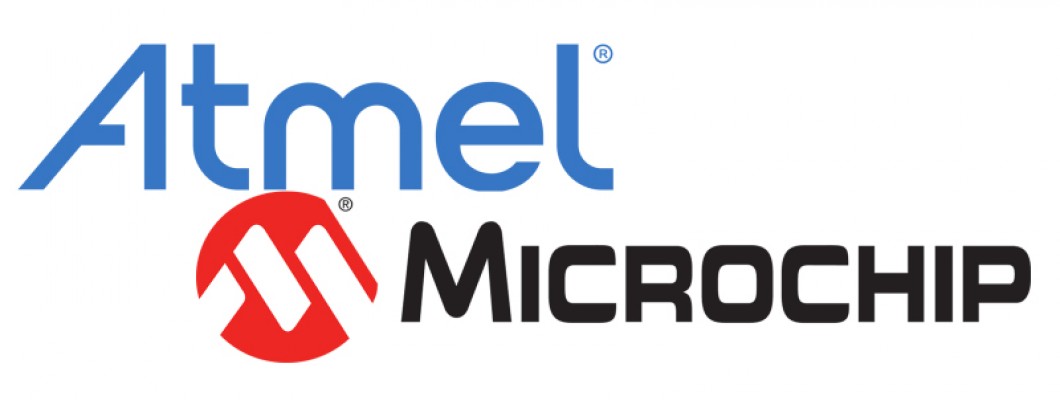
Comparing Atmel and Microchip ICs for Electronics Beginners
For individuals just embarking on their journey into the world of electronics, the choice between Atmel and Microchip integrated circuits (ICs) is a significant one. Both companies have made substantial contributions to the electronics industry, and understanding their differences can help beginners make informed decisions.
1. Ownership and History:
Atmel: Atmel, established in 1984, is renowned for its microcontroller and semiconductor solutions. It's worth noting that Atmel became part of Microchip in 2016, thereby merging their expertise and product lines.
Microchip: With a history dating back to 1987, Microchip has a strong foothold in the IC industry. They offer a broad array of microcontrollers, analog, and mixed-signal ICs.
Microcontrollers and Products:
Atmel: Atmel's AVR series of microcontrollers, known for their user-friendliness, have found a special place in the hearts of beginners. These microcontrollers have been pivotal in the popular Arduino platform.
Projects Examples: Atmel microcontrollers are frequently used in projects such as temperature-controlled fan systems, basic digital thermostats, and simple robotics.
Microchip: Microchip's microcontroller range includes the well-known PIC microcontrollers. These versatile chips offer diverse features, making them suitable for a wide spectrum of applications.
Projects Examples: Microchip PIC microcontrollers are frequently used in more advanced projects such as home automation systems, wireless communication devices, and digital control for industrial machinery.
Development Tools and Ecosystem:
Atmel: Atmel Studio is the primary integrated development environment (IDE) for programming and debugging Atmel microcontrollers. It offers a beginner-friendly interface.
Microchip: The MPLAB X IDE serves as the central tool for Microchip microcontrollers. It's renowned for its versatility and compatibility with a wide range of devices.
Ecosystem and Community:
Atmel: Since the acquisition by Microchip, Atmel's focus has shifted towards being integrated into the larger Microchip ecosystem. However, there are still resources and a supportive community available to Atmel enthusiasts.
Microchip: Microchip boasts a vast ecosystem with an extensive network of documentation, a robust user community, and a wealth of readily available libraries and resources.
Product Range and Integration:
Atmel: Atmel's ICs are known for their simplicity, making them an excellent choice for beginners. They are easy to integrate into projects and offer a gentle learning curve.
Microchip: Microchip's range of ICs spans from basic to complex, catering to users with diverse expertise levels. Their products allow for more extensive exploration of electronic applications.
In-Depth Examples:
Atmel Projects: For beginners, Atmel's AVR microcontrollers are perfect for projects like LED blinking, basic temperature monitoring systems, and simple digital door locks.
Microchip Projects: Microchip's PIC microcontrollers are suitable for projects like remote-controlled car systems, home security systems, and even advanced robotics applications.
In summary, while Atmel and Microchip were historically distinct, their integration under Microchip's umbrella has blurred the lines. Beginners may still prefer Atmel's straightforward solutions, especially when introduced through platforms like Arduino. However, for those looking to expand into a broader spectrum of electronic applications, Microchip's extensive ecosystem and product range are a valuable resource, accommodating projects ranging from the simple to the highly complex. The choice ultimately depends on your specific needs, project goals, and learning objectives.
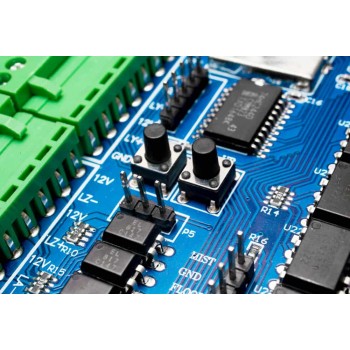
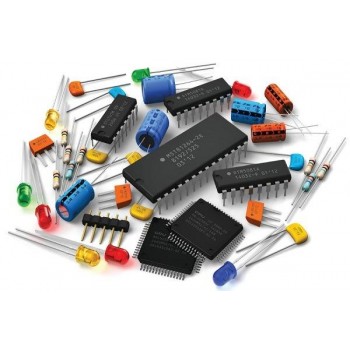
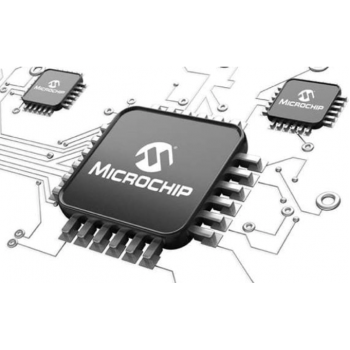
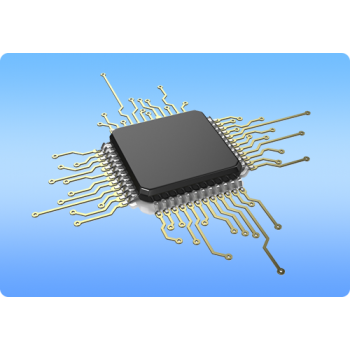
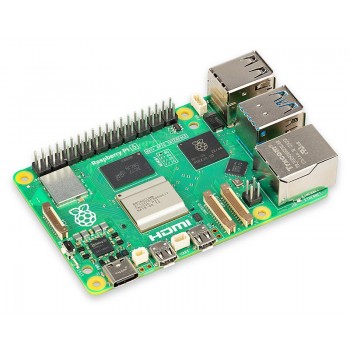
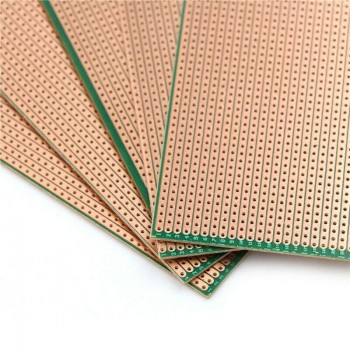
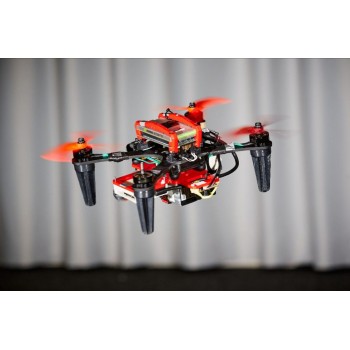
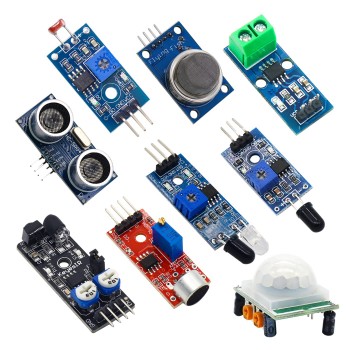

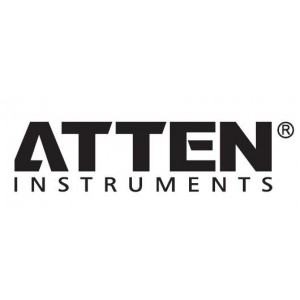

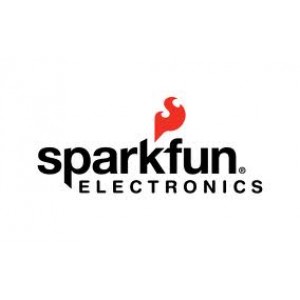

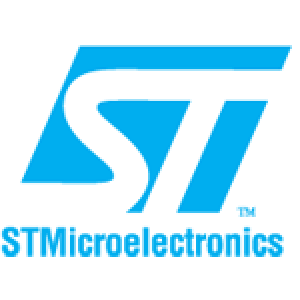
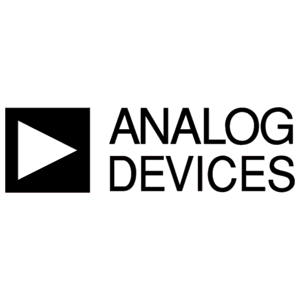
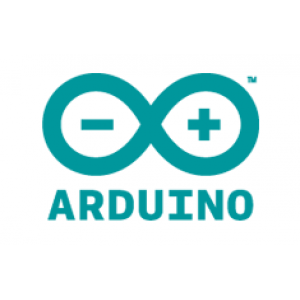
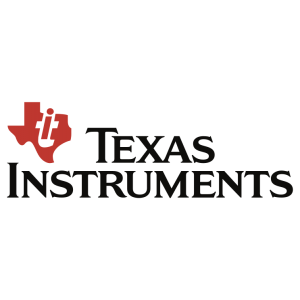

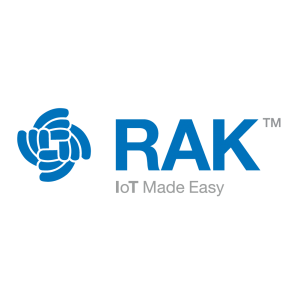

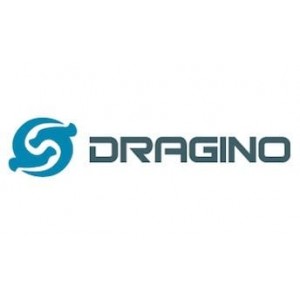
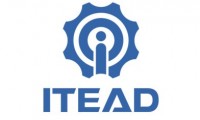
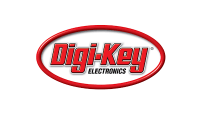



Comment